“Il vino, specialmente in Toscana, e là Poesia Della Terra. Il vino, mi susurrate Piccoli segreti, ed il vino non-sbaglia mai.”
Jubi Jia.
Having spent so much time in the Tuscan valley and experiencing its sensuous wine and food, I even wrote a little Italian phrase about it. The English translation – “The wine, especially in Tuscany, is the poetry of the Earth. The wine whispers little secrets to me, and the wine is never wrong!”
Tuscany is the very definition of picturesque.
Cobblestone streets lined with blooming flowers, hilltop towns bathed in golden light, and charming stone houses with terracotta roofs—every corner feels like a painting. It’s not just a destination; it’s an experience steeped in history, romance, and artistic brilliance.
Nestled between the Tyrrhenian Sea and the Apennines, Tuscany boasts lyrical landscapes, Renaissance heritage, and sun-drenched vineyards. The best way to explore its rolling hills and rustic villages is by renting a car or cycling through olive groves. Summers are hot and lively, with balmy evenings perfect for sipping local wine. Winters are quieter and misty, occasionally snowy in the northern areas, creating a softer, introspective charm.
Spring and summer are great times to travel, but autumn is also an excellent choice. Nonetheless, summers are generally a busy time, so you might want to opt for the off-season during the off-season to avoid the crowds.
A BRIEF HISTORY OF TUSCANY
Tuscany’s spellbinding allure stretches back centuries. The Etruscans were the first to fall under its charm, followed by the Romans, who built grain silos and roads that still shape the region today. Later, Christian pilgrims journeyed through Tuscany along the Via Francigena, adding sacred depth to the already layered land.
Even Napoleon couldn’t resist—his exile to the idyllic island of Elba involved stealing art and brooding in a villa surrounded by fig trees and sea views. By the 19th century, British aristocrats flocked here on their Grand Tours, captivated by Florentine churches, sculptures, and Renaissance elegance. Today, the Arno still blushes pink at sunset, as if remembering every love story, every brushstroke, and every whispered prayer carved into the walls of its timeless cities.
ART & ARCHITECTURE
Then there is art. And, oh, what art! The Etruscans indulged their fondness for classy goodbyes with exquisite funerary objects, whereas Romans, always partial to puffing up their ego with monumental flourishes, left their usual legacies of sculptures. Yet, Tuscany truly struck gold during the medieval and Renaissance periods, when painters, sculptors, and architects created their world-class masterpieces.
Today, its riches are preserved around Tuscany in churches, galleries, museums, and monasteries, making it one of the country’s top spots to study the arts. Florentine contemporary street art and sculpture parks in the countryside additionally bring Tuscany’s art scene into the 21st century.
LANDSCAPES OF TUSCANY
Tuscany’s iconic Florentine cathedral dome, the gently rolling hills covered in the soft morning mist, and the sculptural cypress alleys create a timeless ambience. Golden wheat fields, silver olive groves, and pea-green vineyards marching in angular terraced rows on hillsides form a graceful prelude to soul-soaring medieval hilltop villages, mountain ranges, and fertile forests in the north, and a garland of bijou islands beaded along the coastal south. In short, Italy’s central region is a postcard of beauty. The rousing landscape begs to be explored, hiked, and pedalled.
FOOD & WINE
No land is more caught up with the fruits of its fertile soil than Tuscany, a gourmet destination whose residents spend considerable time thinking about, discussing, and consuming food and wine. Local, seasonal, and sustainable is the Holy Trinity, and Tuscans share enormous pride in the quality of their produce. Tuscan travel is about thrilling experiences from wineries featuring blockbuster wines like Brunello di Montalcino and Vino Nobile di Montepulciano to a family-run pastificio tradizionale that makes artisan pasta by hand. Then, there are road trips in quest of the best bistecca alla Fiorentina or chargrilled T-bone steak.
Enjoy a wide variety of wine, cheese, bread, and pasta from Tuscany. Buon Appetito!
FINAL THOUGHTS
The region has so much more to offer than just the Leaning Tower of Pisa, the Duomo in Florence, the seacoasts and ports of Livorno, or the towers of San Gimignano. Whether a postcard-perfect Pienza and Monticello, the mysterious Filetto in northern Tuscany, or the ruined Abbey of San Galgano, you will find plenty of idyllic spots making the perfect getaway. Tuscany is Italy’s fifth-largest region, consisting of Florence, Arezzo, Livorno, Grosseto, Siena, Lucca, Massa, and Pisa, about which I have written in separate articles. Check them out!!
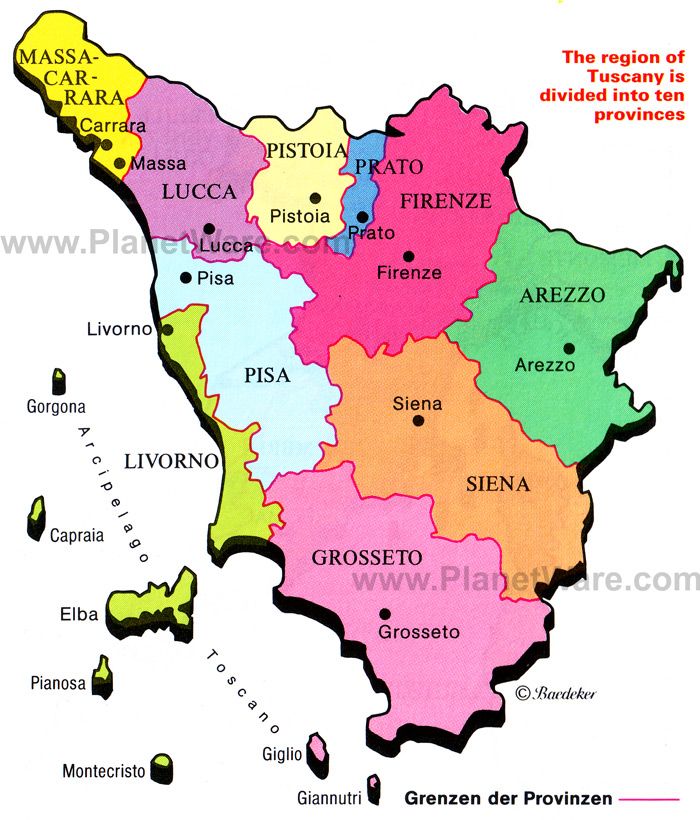



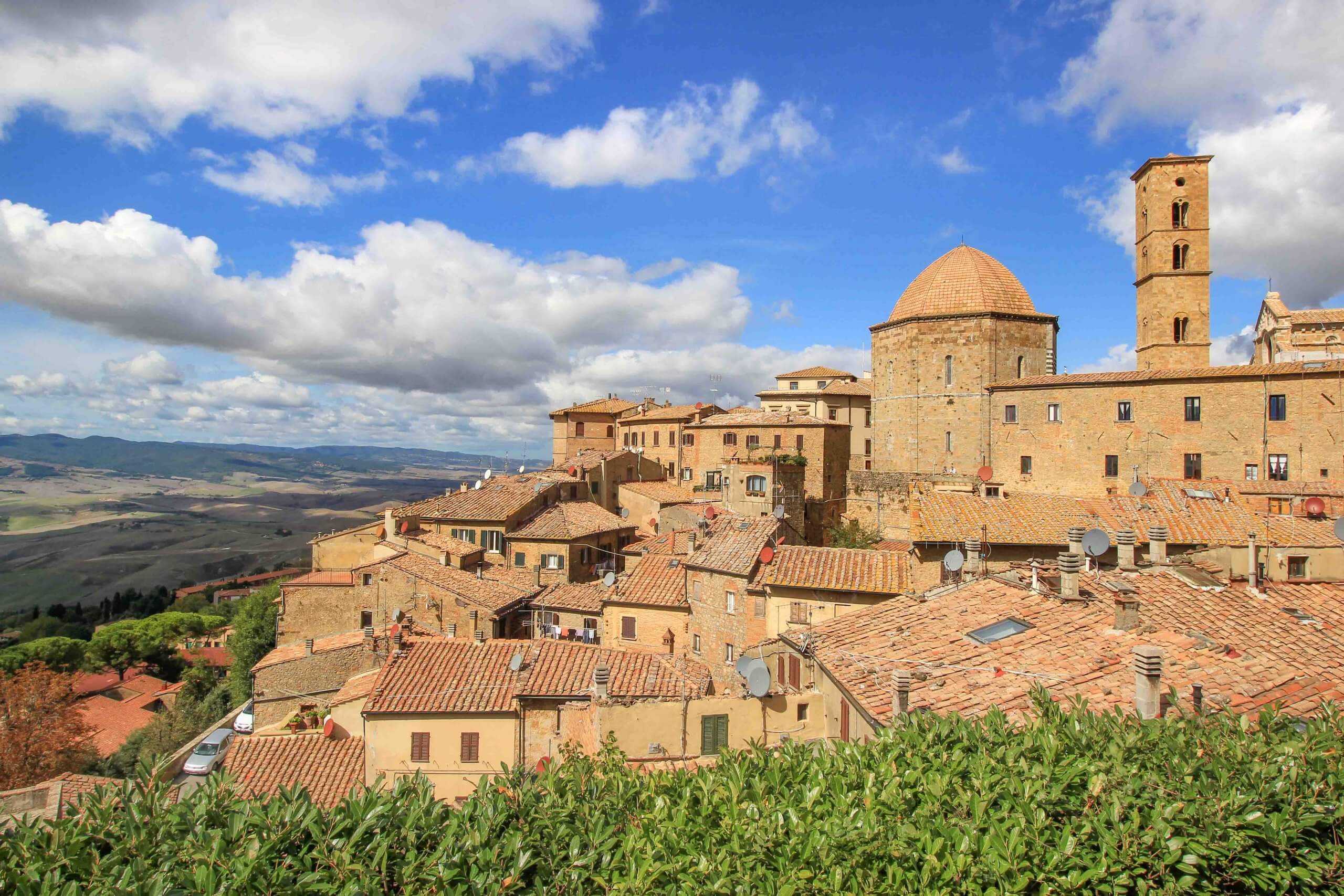


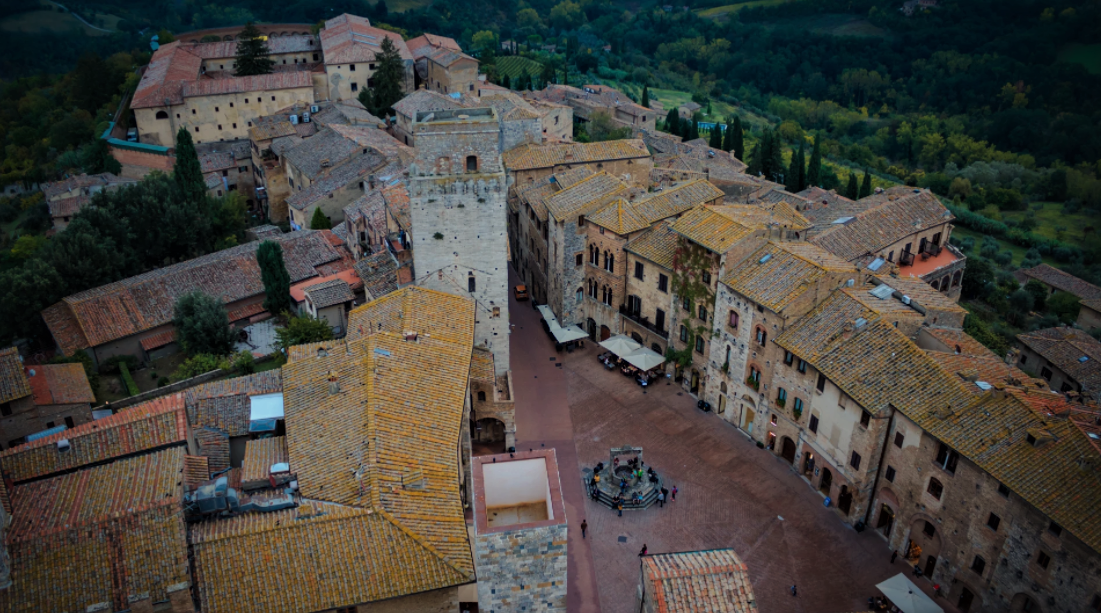

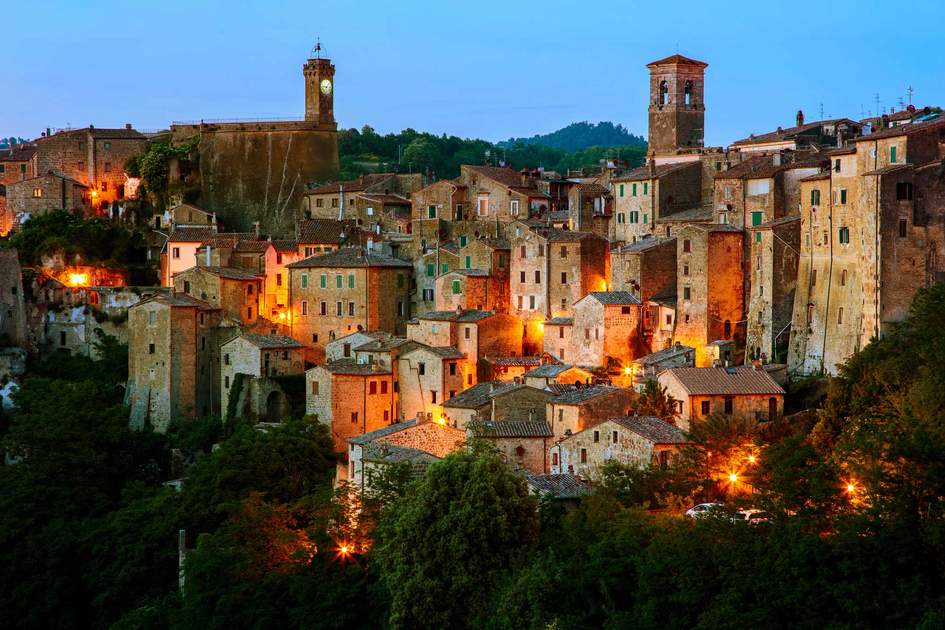

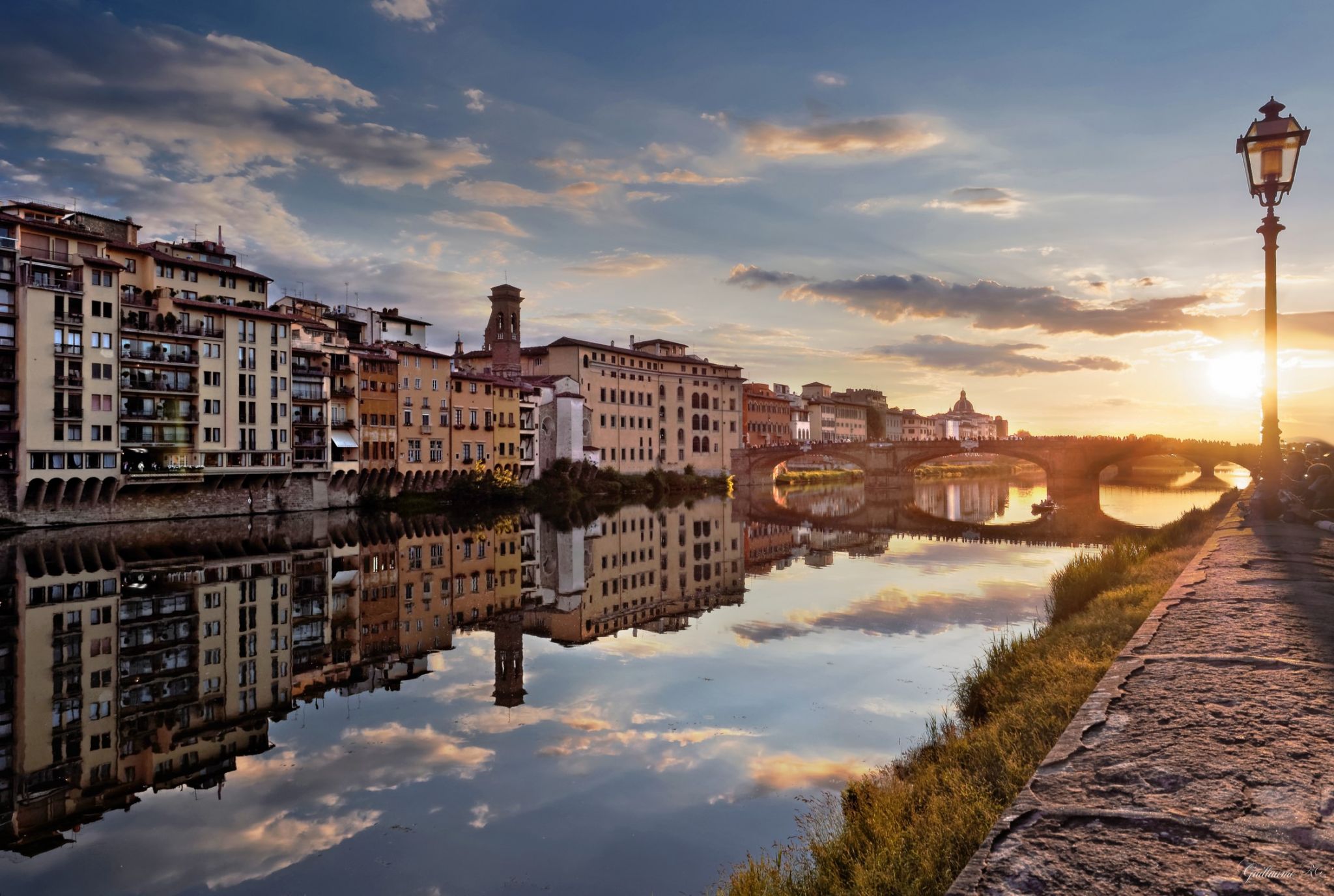

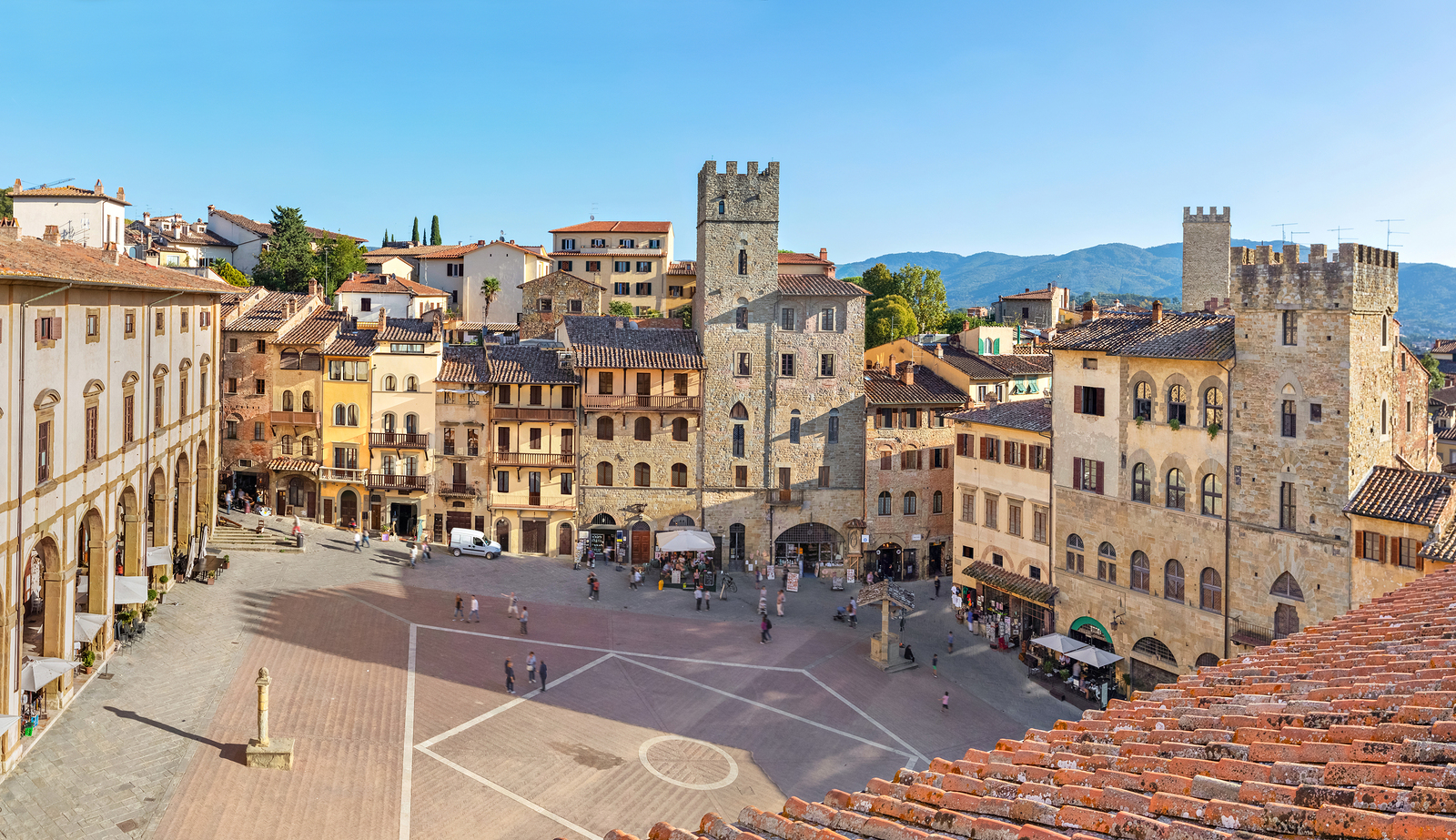



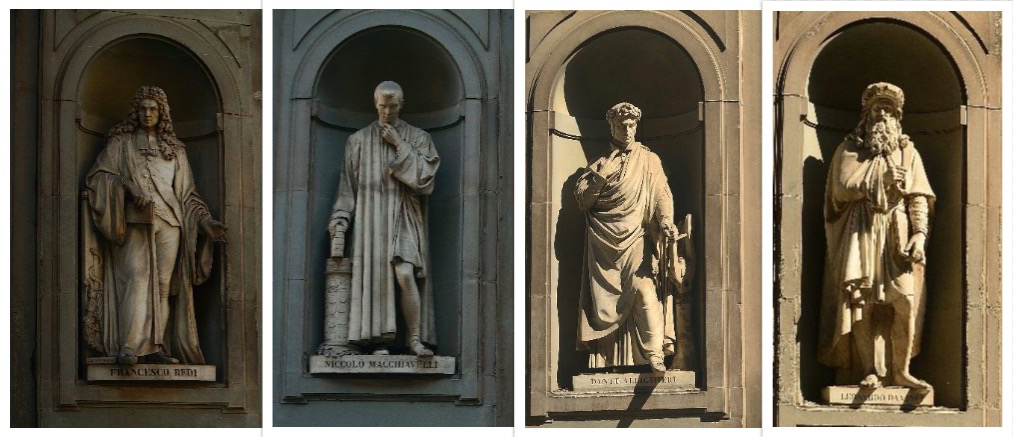
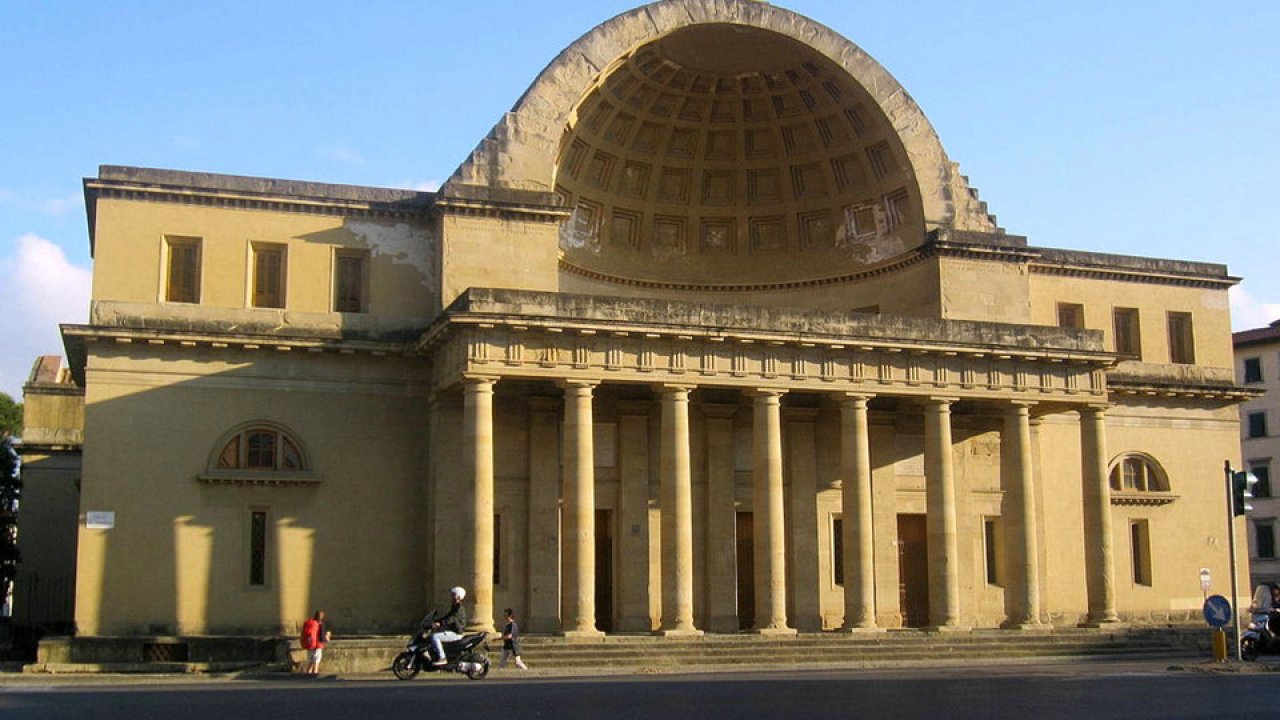

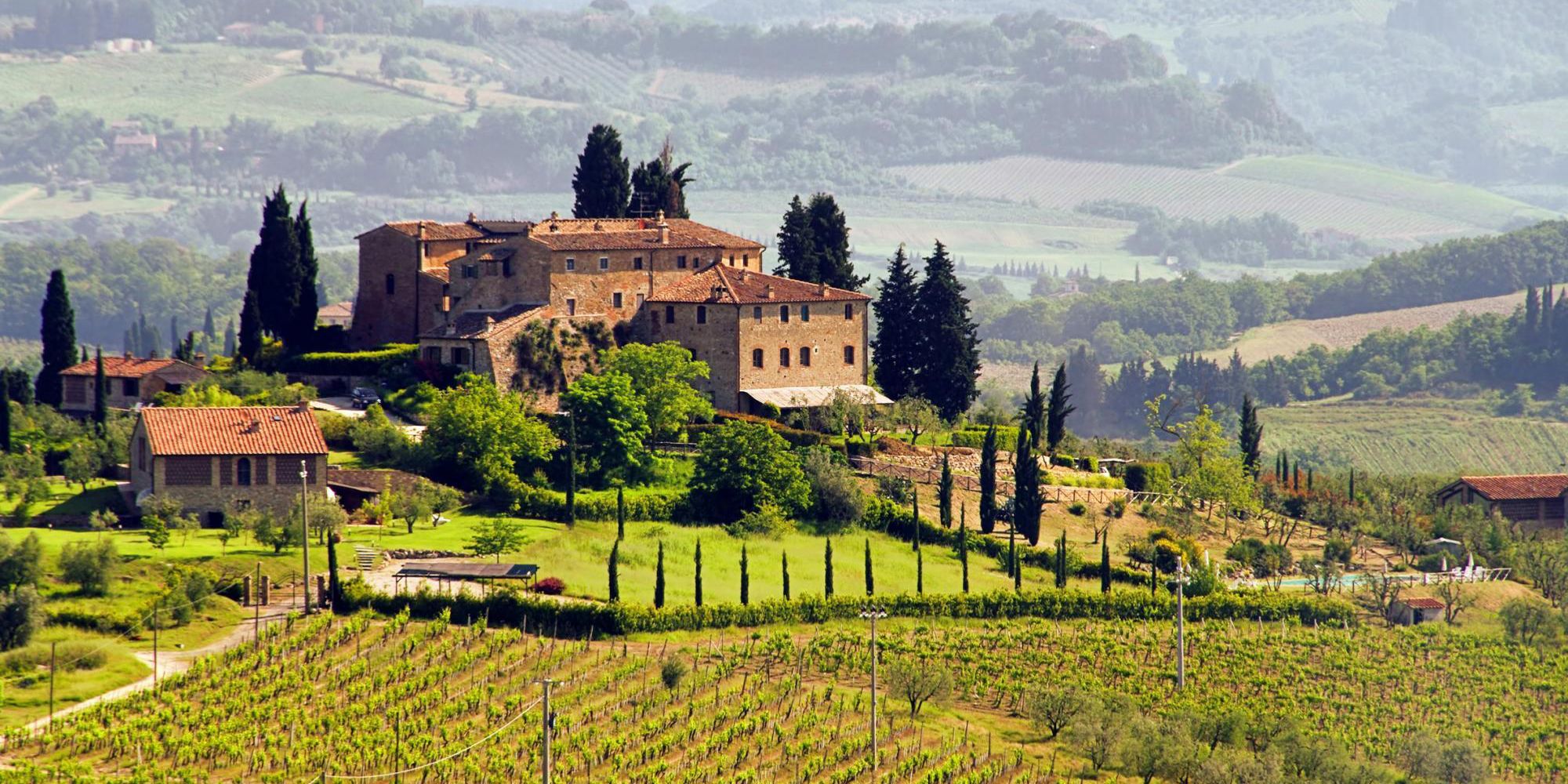

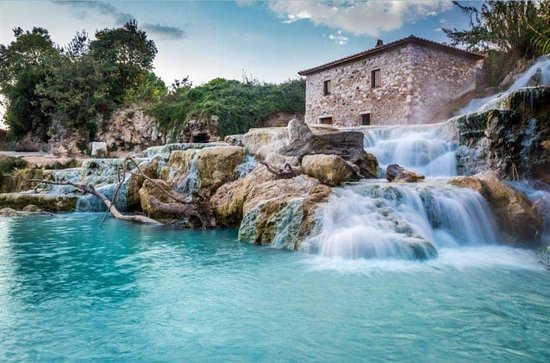



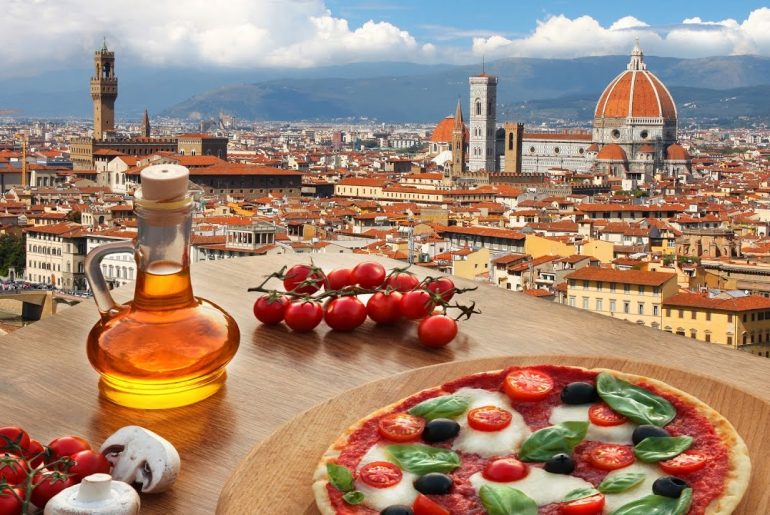
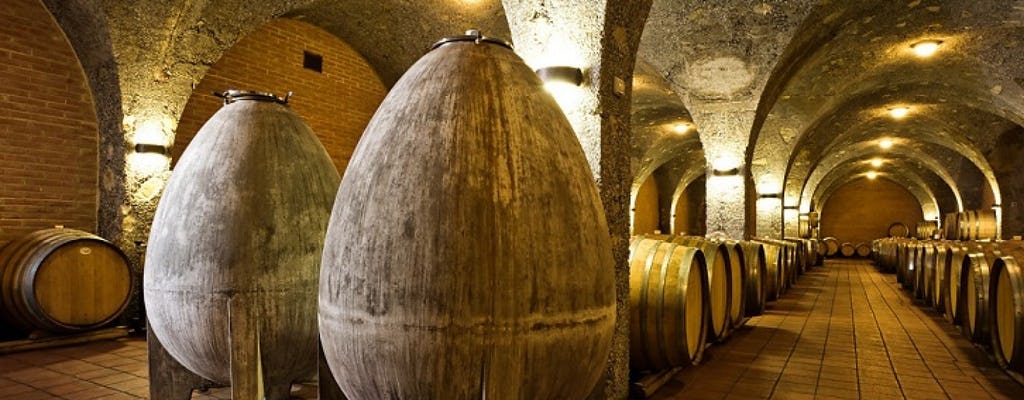

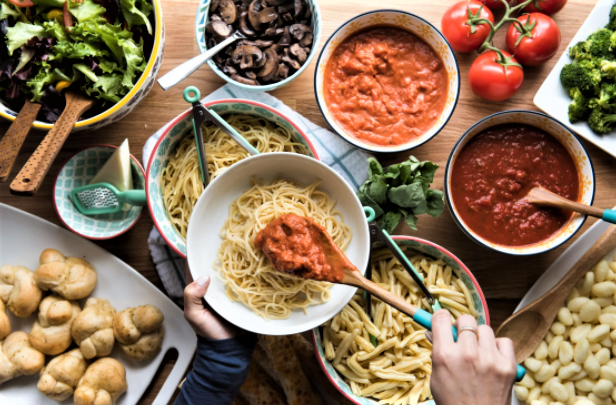


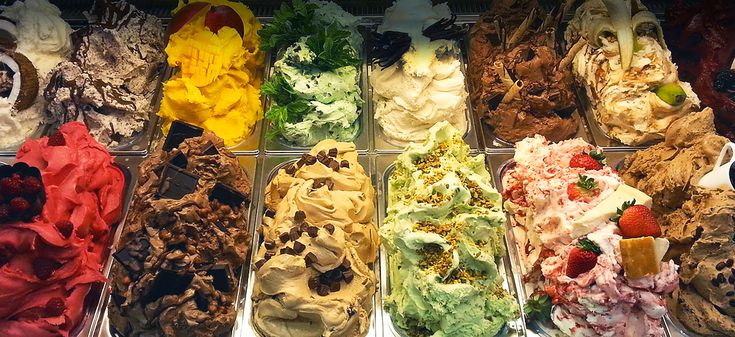
Italian goldsmiths 10 years specializes in Locket Pendants and memorial jewelry. ArsAura – Colleras, Gemelos – Cufflinks; please visit Gemelli Artigianali.